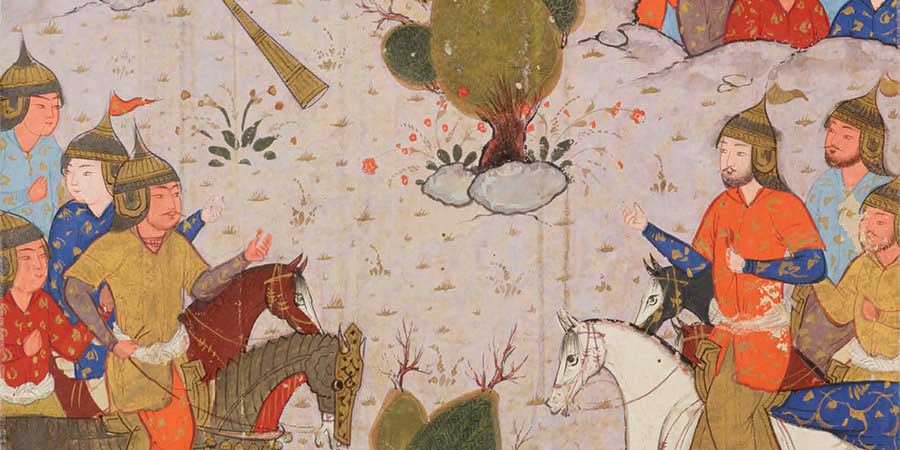
Persian Language
Mohammad2020-03-31T08:59:38+00:00Persian Language
the official language of Iran, Persian (also called Farsi) is a member if the Indo-Iranian group of languages constituting the easternmost major branch of the Indo-European language family. Historically, Persian is divided into Old Persian, Middle Persian (Pahlavi), and Modern Persian.
Old Persian was spoken until approximately the 3rd century BC. Middle Persian was spoken from the 3rd BC to about the 9th century AD. A notable feature of Modern Persian is that it has changed very little over the thousand years or more of its existence as a literary language. Thus, the poems of Rudaki, the first notable Persian poet, who died in the year 940 AD, are perfectly intelligible to the modern reader. Modern Persian grammar is much simpler that its ancestral forms. Modern Persian has no system of case inflections. Possession is shown by the addition of a special suffix (called ezafeh) to the possessive noun. Verbs retain a set of personal endings, but a series of prefixes and infixes (word elements inserted within a word), as well as auxiliary verbs, are used instead of a single complex inflectional system to mark tense, mood, voice, and the negative. Persian vocabulary was heavily influenced by Arabic, which for a long time was the language of the learned and still remains the language of the religion. In its turn, Persian had a significant influence in neighboring lands. In Indian courts, Persian language and poetry was the vogue with with the ruling classes. By fusing with Hindi, Persian gave rise ti the Urdu language. Persian also influenced the language and literature of Turkey. It provided the form and style of Turkish verse, which also contained many words borrowed from Persian vocabulary.
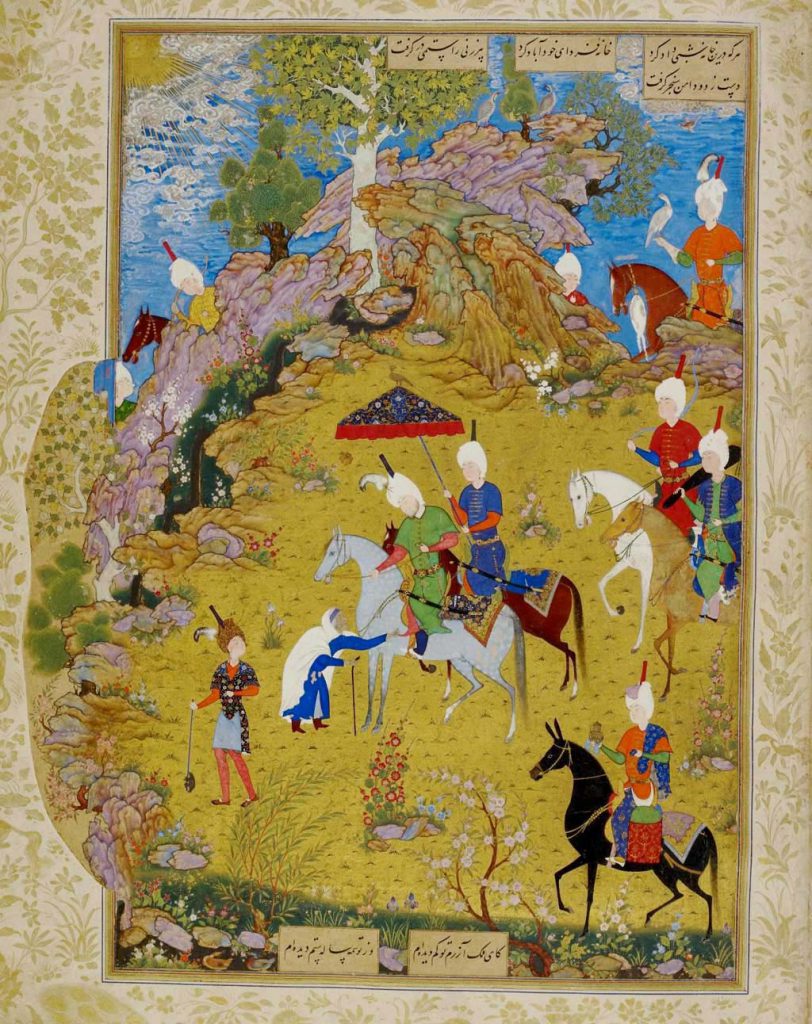

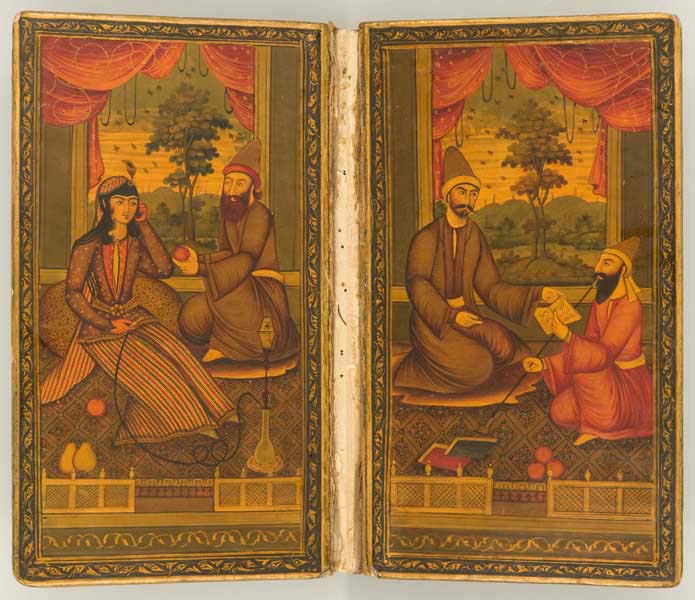
Persian literature
Persian literature has a number of noteworthy characteristics, the most striking of which is the exceptional prominence of poetry. Until quite recently, prose works were confined mostly to science, and poetry formed the chief outlet for artistic expression. Classical Persian literature was produced almost entirely under royal patronage, hence the frequency of panegyric verse. An influence of at least equal strength was religion, in particular Sufism, Which inspired the remarkably high proportion of mystical poetry.
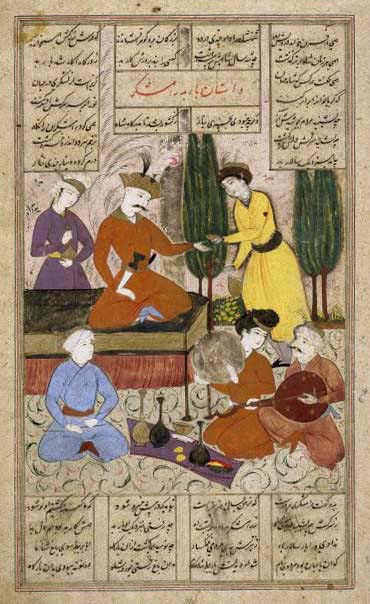
Persian Poetry
Classical Persian poetry is always rhymed. The principal verse forms are the Qasida, Mathnavi, Ghazal and Rubai. The Qasida, or ode, is a long poem in monorhyme, usually of a panegyric, didactic, or religious nature. The Mathnavi written in rhyming couplets, is used for heroic romantic, or narrative verse. The Qazal, or lyrics is usually amorous or mystical and varies from four to sixteen couplets, all with the same rhytme scheme. The Rubai is a quatrain with a particular meter, The greatest charm of Persian poetry lies in its language and its music. That is, it does not lend itself well to translation.
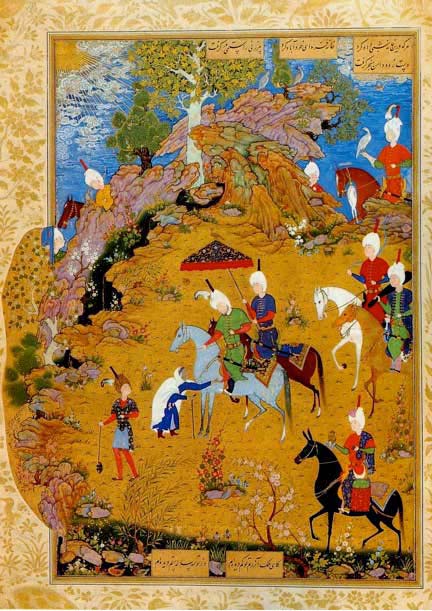
Greatest Perisan Poems
Vipemo Products
Vipemo Products
-
Firooze Koobi, Firooze Koobi, Jug
Sake Jug – Turquoise Inlaying – Size 2
5.00 out of 5€1,524.00€1,200.00Add to cartQuick View -
Candy Dish, Firooze Koobi, Nut Bowl Dish, Sugar/Candy Pot
Candy/Nuts Bowl Dish – Size 7
0 out of 5€1,500.00€1,300.00Add to cartQuick View -
Candy Dish, Firooze Koobi, Nut Bowl Dish, Sugar/Candy Pot
Candy/Nuts Bowl Dish – Size 1
€182.000 out of 5Add to cartQuick View -
-
-
-
-


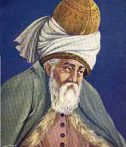

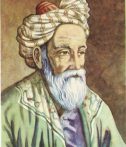
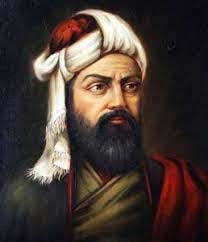
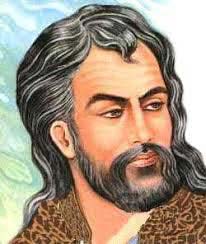
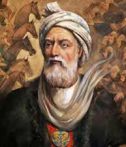
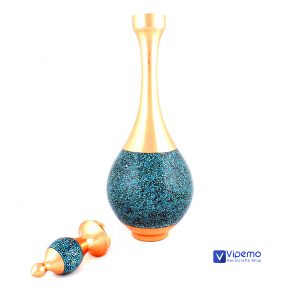
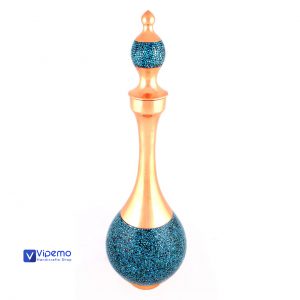



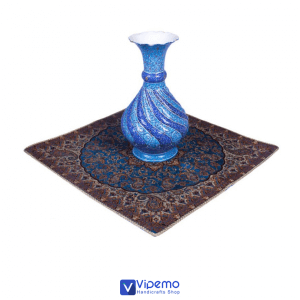
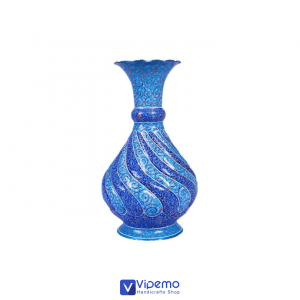
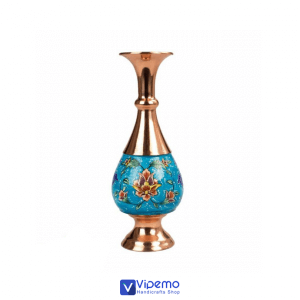
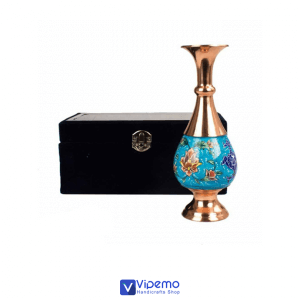






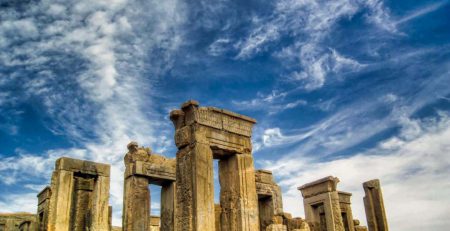
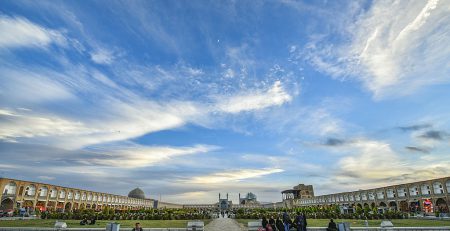
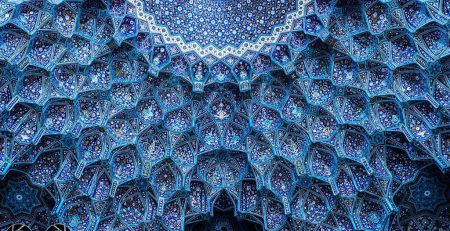
Leave a Reply